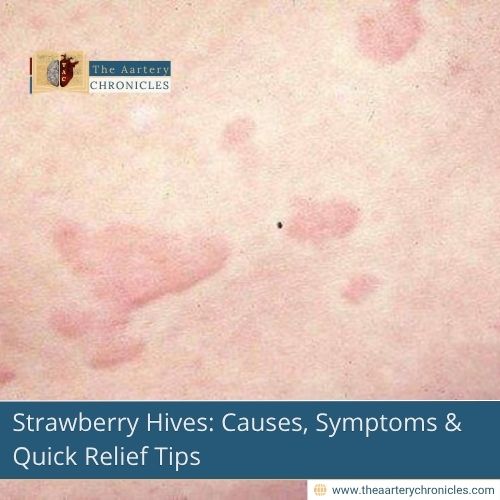

The Shocking Link Between Mold and Lung Disease
Mold grows easily in damp areas, especially after floods, leaks, or prolonged humidity. It often hides in places like bathrooms, bedrooms, air-conditioning units, basements, and behind walls. As climate change increases extreme weather events, more homes are at risk of becoming breeding grounds for mould, particularly older or poorly ventilated houses.
Now, a new study led by the University of Texas Southwestern Medical Center reveals that household mold may be a major contributor to a serious lung condition called hypersensitivity pneumonitis (HP). Researchers found that about 25% of HP cases in their study were linked to mold found inside patients’ homes.
What Is Hypersensitivity Pneumonitis?
Hypersensitivity pneumonitis is an immune-related lung disease. It happens when the lungs become inflamed due to repeated exposure to substances like mold, bird droppings, or dust. Over time, this can lead to scarring (fibrosis) and breathing problems.
HP often goes undiagnosed because symptoms can mimic other lung diseases, and doctors may not always suspect environmental causes, especially from inside a person’s home.
Key Findings From the Study
Published in PLOS ONE, the study looked at 231 patients with confirmed hypersensitivity pneumonitis between 2011 and 2019 in Dallas, Texas. The patients, mostly in their 60s, had undergone detailed lung scans, lab tests, and exposure history reviews.
Here’s what the researchers discovered:
- 54 patients (23%) had mold exposure in their homes, mostly from chronic leaks in bathrooms, bedrooms, or HVAC systems.
- 90% of these patients had lung fibrosis (scarring of lung tissue).
- 41% needed supplemental oxygen due to breathing difficulty.
- Mold diagnosis was confirmed through high-resolution CT scans, lung fluid analysis, biopsies, and exposure questionnaires.
- Mold cleanup helped significantly: Some patients experienced a 10% or more improvement in lung function within just four months of removing mold.
- No patients got worse after removing mold from their living environment.
- Median survival without lung transplant was nearly 8 years (97.7 months), similar to patients exposed to bird allergens or outdoor mold.
Mold Cleanup Leads to Better Outcomes
Out of 41 patients who successfully removed mold from their homes, either by cleaning up or moving, none showed further lung decline, and several showed measurable improvement. Even patients with fibrosis, typically considered irreversible, had gains in lung function.
This suggests that mold exposure is a modifiable risk factor and that even patients with advanced disease may benefit from environmental interventions.
Clinical and Public Health Implications
The study highlights an important but often overlooked cause of lung disease: indoor mold exposure. Researchers are calling on doctors to take more detailed environmental histories and consider household mold when evaluating patients with lung symptoms and abnormal imaging.
With more frequent flooding and humid conditions expected due to climate change, the risks of indoor mold and its health effects may become more common.
Conclusion
Household mold is more than just a nuisance; it’s a potential health hazard. This study emphasises the need for awareness, early diagnosis, and environmental clean-up to improve outcomes in patients with hypersensitivity pneumonitis. In many cases, simply removing the source of mold exposure can lead to significant improvement in lung health.
Source: Inputs from various media Sources

Priya Bairagi
Reviewed by Dr Aarti Nehra (MBBS, MMST)
I’m a pharmacist with a strong background in health sciences. I hold a BSc from Delhi University and a pharmacy degree from PDM University. I write articles and daily health news while interviewing doctors to bring you the latest insights. In my free time, you’ll find me at the gym or lost in a sci-fi novel.








